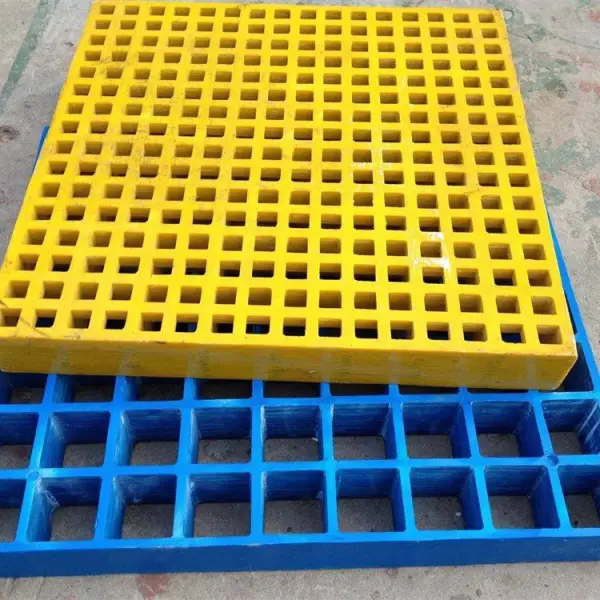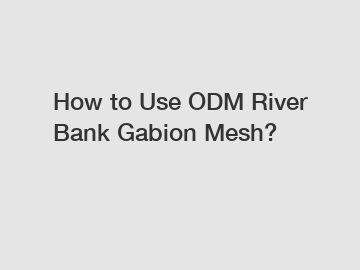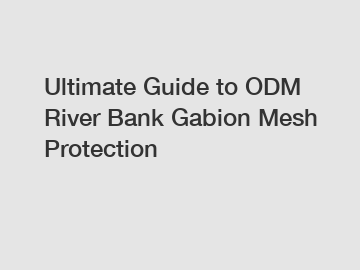What is fiberglass grating used for?
Fiberglass grating, also known as FRP (Fiber Reinforced Plastic) grating, is a durable and versatile material used in various industries for a wide range of applications. Made from reinforced fiberglass and resin, fiberglass grating offers numerous advantages over traditional materials such as steel, aluminum, and wood.
1. Industrial Flooring:
One of the primary applications of fiberglass grating is in industrial flooring. It provides a lightweight and corrosion-resistant alternative to traditional metal gratings, making it ideal for use in harsh environments such as chemical plants, refineries, and wastewater treatment facilities. Fiberglass grating offers excellent strength-to-weight ratio, slip resistance, and chemical resistance, making it suitable for platforms, walkways, stair treads, and mezzanines in industrial settings.
2. Marine and Offshore:
In the marine and offshore industry, fiberglass grating is widely used for applications requiring corrosion resistance and durability in marine environments. It is commonly used for ship decks, docks, piers, and offshore platforms due to its resistance to saltwater, chemicals, and UV exposure. Fiberglass grating is lightweight, easy to install, and requires minimal maintenance, making it a cost-effective solution for marine infrastructure.
3. Water and Wastewater Treatment:
Fiberglass grating is extensively used in water and wastewater treatment plants for various applications. It is used in walkways, catwalks, and platforms above treatment tanks and clarifiers, providing safe access for maintenance personnel. Fiberglass grating is also used as trench covers, drain covers, and screens in water treatment facilities due to its corrosion resistance and non-conductive properties.
4. Chemical Processing:
In the chemical processing industry, fiberglass grating is preferred for its resistance to a wide range of chemicals, including acids, alkalis, and solvents. It is used in chemical storage areas, process platforms, and containment areas where exposure to corrosive substances is common. Fiberglass grating is non-conductive and non-sparking, making it suitable for use in hazardous areas where flammable gases or liquids may be present.
Explore more:Are aluminum window screens good?
How much does chain link fencing cost?
What is Crimped Woven Wire Screen used for?
What are the different types of perforated metal?
Explaining Perforated Gutter Guard
Does Welded Wire Mesh Rust? What Are the Disadvantages of Welded Wire Mesh?
Wire Mesh Fence: Your Complete Guide
5. Construction and Architecture:
Fiberglass grating is increasingly being used in construction and architectural applications for its lightweight, durable, and aesthetically pleasing properties. It is used in building facades, sunscreens, and decorative screens, providing both functionality and visual appeal. Fiberglass grating can be molded into various shapes and colors, allowing architects and designers to create customized solutions for building projects.
6. Food and Beverage Industry:
In the food and beverage industry, fiberglass grating is utilized in processing facilities, breweries, and bottling plants for its hygienic properties and resistance to corrosion and bacterial growth. It is used in production areas, walk-in freezers, and washdown areas where sanitation and cleanliness are critical. Fiberglass grating is easy to clean and sterilize, making it compliant with food safety standards and regulations.
Conclusion:
Fiberglass grating is a versatile and durable material that finds applications across a wide range of industries and sectors. From industrial flooring and marine infrastructure to water treatment plants and architectural projects, fiberglass grating offers superior performance, corrosion resistance, and longevity compared to traditional materials. With its lightweight design, ease of installation, and low maintenance requirements, fiberglass grating continues to be a preferred choice for various applications where strength, durability, and reliability are paramount.
What is a double wire fence?
Disc Springs for High Load Applications: A Comprehensive Exploration
Which Is Better? — Screw Compressor VS Piston Compressor
4 Tips to Select the Best Hastelloy C-22 Mesh
Sintered Dutch Weave Mesh vs. Traditional Mesh: Key Differences Unveiled
Temporary Cyclone Fencing vs. Traditional Fencing: Which Is Better?
How to Choose ODM 358 Mesh Fencing?











